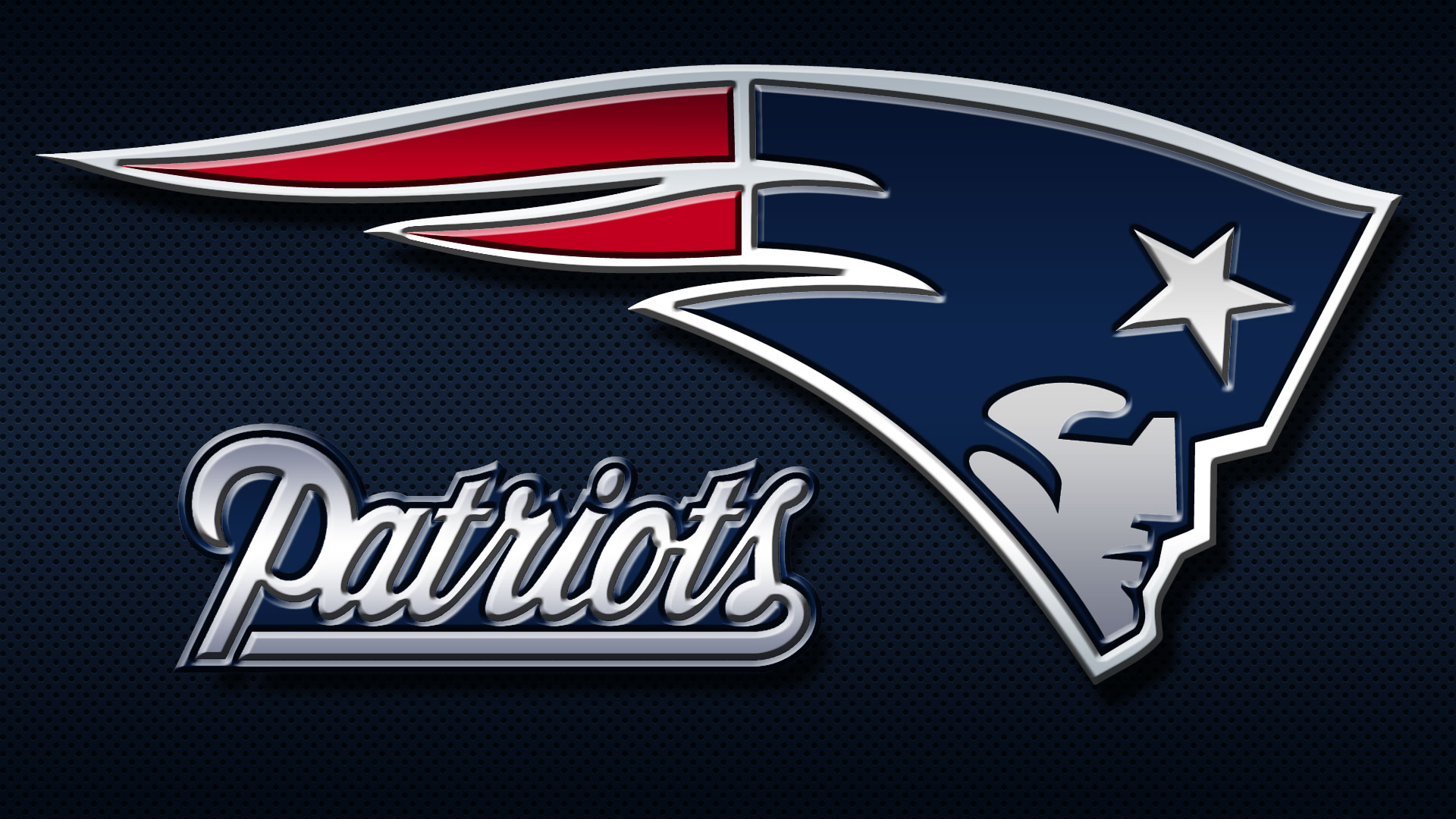

Prior to World War II, Vargas Girls were praised for their beauty and less focus was on their sexuality. The 1932 Esquire "men's" magazine featured many drawings and "girlie" cartoons but was most famous for its " Vargas Girls". "Because the New Woman was symbolic of her new ideas about her sex, it was inevitable that she would also come to symbolize new ideas about sexuality." Unlike the photographed actresses and dancers generations earlier, art gave artists the freedom to draw women in many different ways.

An early example of the latter type was the Gibson Girl, a representation of the New Woman drawn by Charles Dana Gibson. Other pin-ups were artwork depicting idealized versions of the beautiful or attractive woman. Harry Wann paints a "pin-up" girl on a PT boat, Australia, 1944
#Patriots background wallpaper full
Miss Fernande displayed ample cleavage and full frontal nudity, and her pictures were cherished by soldiers on both sides of the First World War conflict. In Europe, prior to the First World War, the likes of "Miss Fernande" (who some identify as Fernande Barrey ), were arguably the world's first pin-ups in the modern sense. Among the celebrities who were considered sex symbols, one of the most popular early pin-up girls was Betty Grable, whose poster was ubiquitous in the lockers of G.I.s during World War II. These promotion and business cards could often be found backstage in almost every theater's green room, pinned up or stuck into "frames of the looking-glasses, in the joints of the gas-burners, and sometimes lying on top of the sacred cast-case itself." According to historian Maria Elena Buszek, "To understand both the complicated identity and the subversive nature of the 19th-century actress, one must also understand that the era's views on women's potential were inextricably tied to their sexuality, which in turn was tied to their level of visibility in the public sphere: regardless of race, class or background, it was generally assumed that the more public the woman, the more 'public,' or available, her sexuality." Being sexually fantasized, famous actresses in early-20th-century film were both drawn and photographed and put on posters to be sold for personal use. Pin-up girl nose art on the restored World War II B-25J aircraft Take-off Timeīeginning in the early 19th century, pin-up modeling had "theatrical origins" burlesque performers and actresses sometimes used photographic advertisement as business cards to advertise shows.

celebrated actors and athletes, who appeal to girls, adolescents, and women, such as the actor James Dean, the singer Jim Morrison, and the male model Fabio. The counterpart of the pin-up girl is the male pin-up, also known as beefcake, e.g. Images of pin-up girls were published in magazines and newspapers, as postcards and as lithographs, and calendars. The term pin-up was first attested to in English in 1941. The term pin-up refers to drawings and paintings, illustrations and photographs of semi-naked women. Moreover, beginning in the 1940s, pictures of pin-up girls were also known as cheesecake in the U.S. pinned-up onto a wall thus the etymology of the phrase pin-up girl. Pin-up models usually were glamour models, actresses, and fashion models whose pictures were intended for informal, aesthetic display, i.e. The terms pin-up model (also pin-up girl) and male pin-up identify and describe a model whose mass-produced pictures and photographs have wide appeal within the popular culture of a society. Betty Grable's famous pin-up photo from 1943


 0 kommentar(er)
0 kommentar(er)
